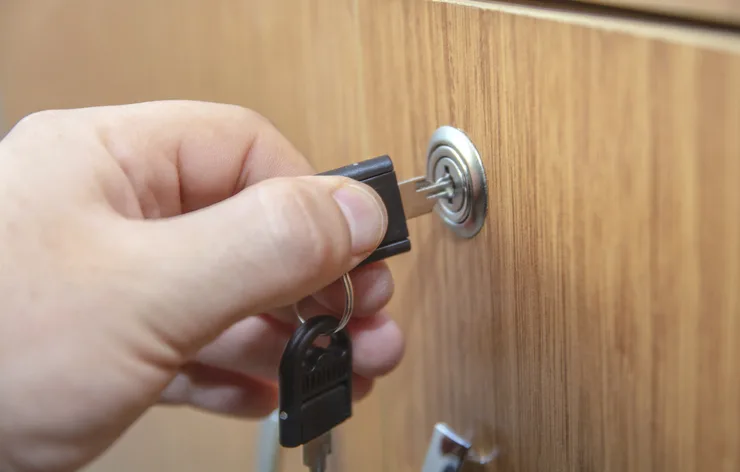
In the Literature
Waitz-Kudla SN, Kramper S, Roark A, Mani I, Witte TK. Securing lethal means for suicide: a focus group study exploring perceptions and barriers among practicing veterinarians. J Am Vet Med Assoc. 2023:1-11. doi:10.2460/javma.23.03.0129
The Research …
Means safety (ie, methods that help prevent access to lethal means by those considering suicide) is an effective component of suicide prevention strategies.1 Although there may be concern that this practice will be ineffective due to other lethal means being sought, suicidal intention is often transient, and individuals frequently have a strong preference for a particular method.2 Preventing or delaying access to that method can thus be lifesaving.
The aim of this study was to explore acceptability and feasibility of means safety for 2 common means of suicide in the veterinary profession: euthanasia solution (ie, pentobarbital) and firearms. Clinicians (n = 43) from various specialties completed an online survey about demographics, mental health history, methods of euthanasia in practice, and storage of pentobarbital and firearms. A focus group was then conducted to discuss factors that may contribute to elevated suicide rates among clinicians, as well as potential solutions. A second survey was administered to measure the impact of the focus group, including participant willingness to change storage practices for euthanasia solution.
Work overload, lack of appreciation from clients and employers and as doctors/essential workers, financial debt, feeling stuck in the profession, euthanasia experience, and easy access to pentobarbital were listed as contributing factors to elevated suicide rates. Strategies for improving clinician mental health focused on normalizing mental health care and increasing access to care; barriers included veterinary culture around mental health and a lack of discussion and prioritization.
Study participants reported pentobarbital was stored unlocked during business hours or at all times in 30% of clinics, and only 50% of clinics that used firearms always stored them locked. Requiring multiple locks or additional lock boxes for pentobarbital and firearms was identified as the most feasible control strategy across all specialties. The only barrier to implementation was space requirements, particularly in ambulatory large animal practices.
When asked what additional strategies would be reasonable to implement, 48.8% of participants responded that additional locks or lock boxes would be reasonable, while 27.9% indicated no additional strategies would be reasonable; however, the majority of respondents who did not feel additional strategies were needed worked at clinics with control systems already in place.
Concern for others (ie, coworkers, family members) was significantly more motivating for means safety implementation than personal safety.
… The Takeaways
Key pearls to put into practice:
Education and discussion around the risk for suicide are needed in veterinary medicine and may help change behavior.
Practical steps can increase means safety in veterinary practice; however, a significant minority of this study’s participants did not have adequate protocols.
When discussing suicide prevention with veterinary staff, highlighting the importance of keeping others safe may be more motivational than personal safety.
You are reading 2-Minute Takeaways, a research summary resource presented by Clinician’s Brief. Clinician’s Brief does not conduct primary research.